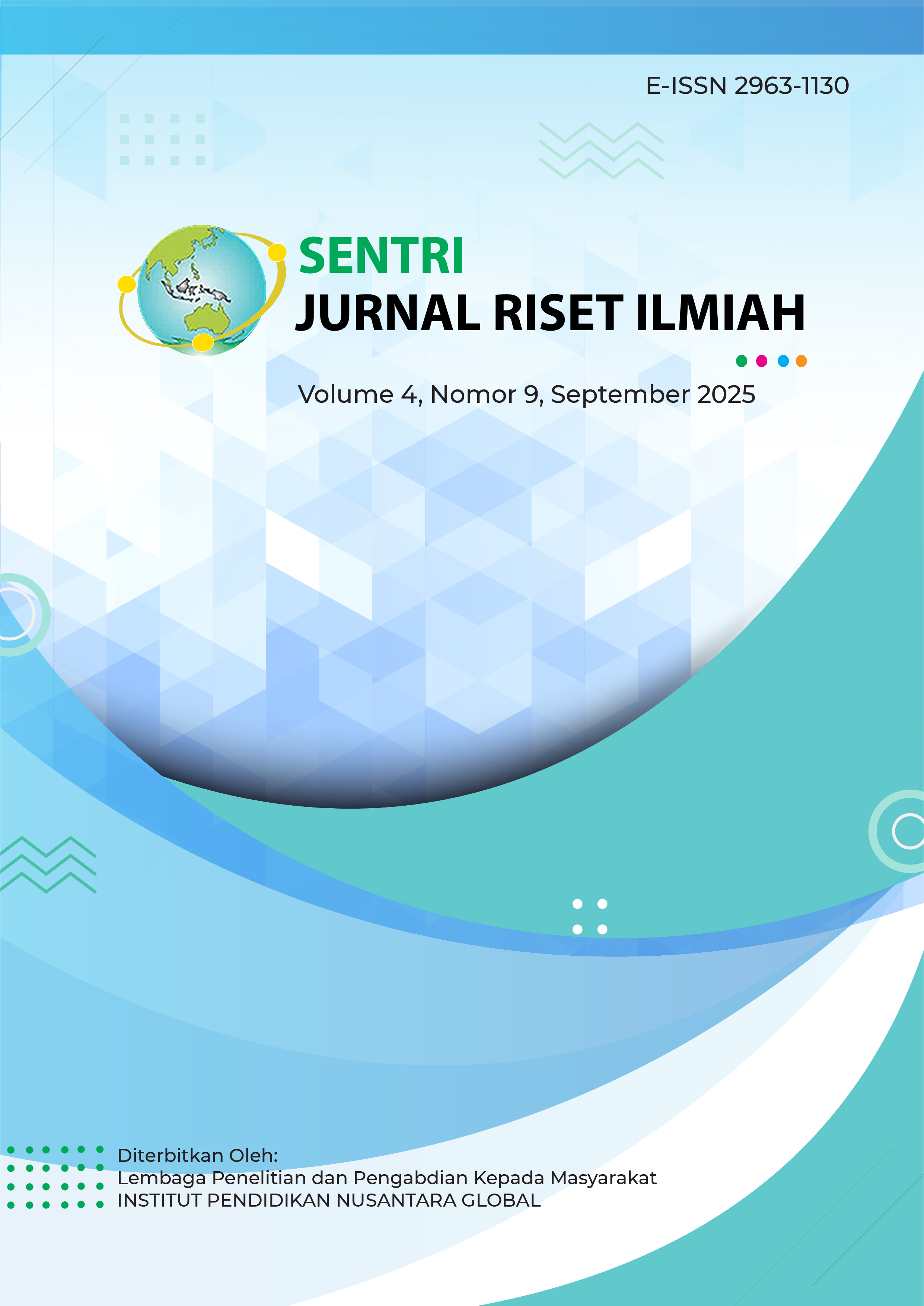Tinjauan Yuridis Penerapan Sanksi Pidana bagi Pengguna Jasa Prostitusi Anak Berdasarkan Teori Keadilan
DOI:
https://doi.org/10.55681/sentri.v4i9.4611Keywords:
criminal sanctions, prostitution users, child protection lawAbstract
The development of information technology has facilitated the rise of online child prostitution cases in Indonesia; however, the application of criminal sanctions against perpetrators has yet to fully reflect the principle of justice. This study aims to analyze the application of criminal sanctions for users of child prostitution services based on the theory of justice, through a case study of Decision Number 1172/Pid.Sus/2024/PN Sby. The research employs a normative legal approach with normative juridical techniques. The research population includes all legal materials related to criminal sanctions for child prostitution, with the sample consisting of court decisions, statutory regulations, and legal literature selected through purposive sampling. The research instruments include a document analysis guide, with data analyzed using normative descriptive-analytical qualitative techniques. The findings show that the judge imposed a prison sentence of 4 years and a fine of IDR 120,000,000 under the Human Trafficking Law, rather than the Child Protection Law as demanded by the prosecutor. The judge's considerations emphasized mitigating factors more than the protection of the child victim. The study concludes that the application of criminal sanctions has not been optimal in providing a deterrent effect and delivering justice to victims, thus highlighting the need for policy reform with stricter sanctions and sentencing guidelines that prioritize the best interests of the child.
Downloads
References
Ahmadi, A. (2010). Psikologi sosial. Rineka Cipta.
Bunga, D. (2012). Cyber prostitusi. University Udayana Press.
Harefa, B. (2016). Kapita selecta perlindungan hukum bagi anak. Deepublish.
Ibrahim, J. (2016). Metode penelitian hukum normatif dan empiris. Prenadamedia Group.
Kitab Undang-Undang Hukum Pidana (KUHP). (2023).
Marzuki, P. M. (2011). Penelitian hukum (Edisi revisi). Kencana Prenada Media Group.
Nawawi, B. (2011). Bunga rampai kebijakan hukum pidana: Perkembangan penyusunan konsep KUHP baru. Kencana Prenada Media Group.
Putusan Pengadilan Negeri Surabaya Nomor 1172/Pid.Sus/2024/PN Sby. (2024).
Rawls, J. (2011). Teori keadilan: Dasar-dasar filsafat politik untuk mewujudkan kesejahteraan sosial dalam negara. Pustaka Pelajar.
Soekorini, N. (2025). Perlindungan hukum anak sebagai saksi korban dalam kasus pencabulan. Journal of Innovation Research and Knowledge, 5(2), 234-248.
Undang-Undang Nomor 35 Tahun 2014 tentang Perubahan atas Undang-Undang Nomor 23 Tahun 2002 tentang Perlindungan Anak. (2014).
Undang-Undang Nomor 21 Tahun 2007 tentang Pemberantasan Tindak Pidana Perdagangan Orang. (2007).
Undang-Undang Nomor 39 Tahun 1999 tentang Hak Asasi Manusia. (1999).
Undang-Undang Nomor 44 Tahun 2008 tentang Pornografi. (2008).
Undang-Undang Nomor 19 Tahun 2016 tentang Perubahan Atas Undang-Undang Nomor 11 Tahun 2008 tentang Informasi dan Transaksi Elektronik. (2016).
Undang-Undang Dasar Negara Republik Indonesia Tahun 1945. (1945).
Wulandari, C., & Wicaksono, S. S. (2021). Tindak pidana perdagangan orang (human trafficking) khususnya terhadap perempuan dan anak. Jurnal Yustisia, 90, 156-172.
Downloads
Published
How to Cite
Issue
Section
License
Copyright (c) 2025 Puspita Sandra Dayana, Vieta Imelda Cornelis, Noenik Soekorini, Sri Astutik

This work is licensed under a Creative Commons Attribution-ShareAlike 4.0 International License.









